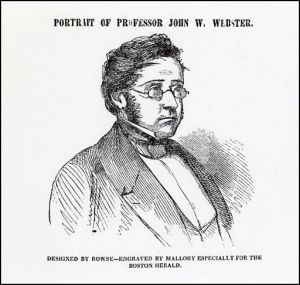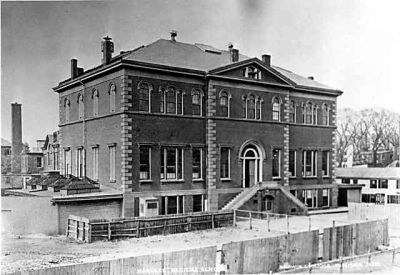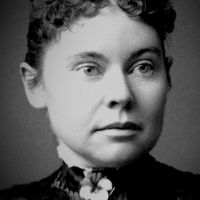Primary Source
$3,000 REWARD
DR. GEORGE PARKMAN
A well known citizen of Boston, left his residence No. 8 Walnut Street on Friday last, he is 60 years of age; - about 5 feet 9 inches high – grey hair- thin face – with a scar under his chin – light complexion – and usually walks very fast. He was dressed in a dark frock coat, dark pantaloons, purple silk vest, with dark figured black stock and black hat.
As he may have wandered from home in consequence of some sudden aberration of mind, being perfectly well when he left the house; or, as he had with him a large sum of money, he may have been foully dealt with. The above reward will be paid for information which will lead to his discovery if alive; or for the detection and conviction of the perpetrators if any injury may have been done to him. A suitable reward will be paid for the discovery of his body.
Boston, November 26, 1849. ROBERT G. SHAW
Information may be given to the City Marshal
Quoted in Dead Certainties (Unwarranted Speculations), by Simon Schama (Alfred A. Knopf, 1990).








